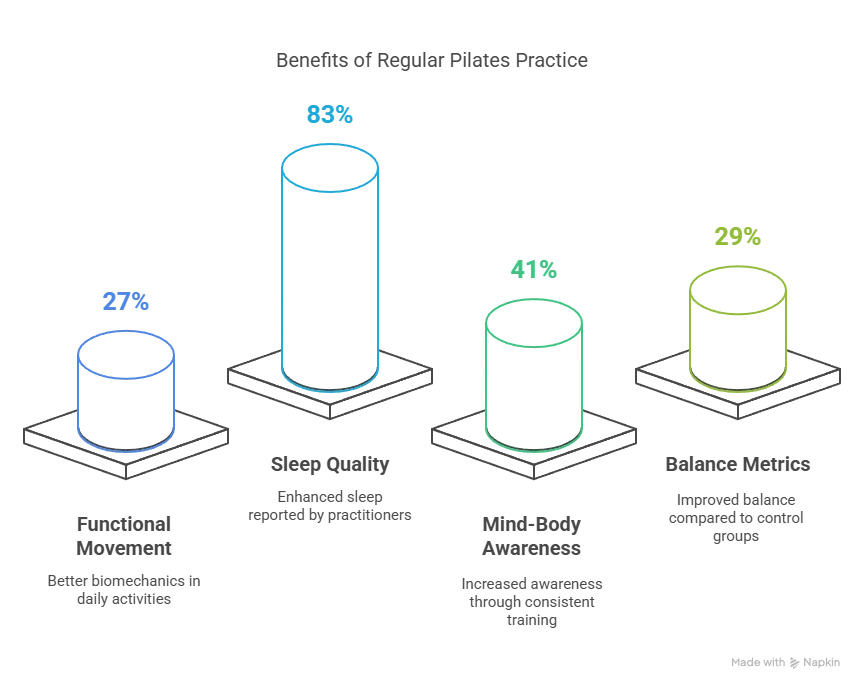In an increasingly digital world, mobile phones have emerged as powerful tools in the fight against substance abuse. With their widespread accessibility and versatile functionalities, smartphones are playing a crucial role in providing support for individuals struggling with addiction. As the need for effective alcohol and drug help becomes more pressing, mobile technology offers innovative solutions that can enhance recovery efforts and improve access to vital resources.

The Growing Challenge of Substance Abuse
Substance abuse remains a significant public health issue, affecting millions of individuals and their families across the UK. According to the Office for National Statistics, approximately 9.4% of adults aged 16 to 59 reported using illicit drugs in the past year, highlighting the urgent need for effective intervention strategies. Traditional methods of treatment, while still essential, often face limitations in terms of accessibility and engagement. This is where mobile technology steps in, offering new avenues for support and recovery.
Mobile Applications for Recovery Support
One of the most impactful ways mobile phones contribute to addressing substance abuse is through dedicated applications designed to support recovery. These apps provide users with tools to track their progress, set goals, and access resources tailored to their specific needs. For instance, popular recovery apps like Sober Grid and I Am Sober allow individuals to connect with others in recovery, share experiences, and receive encouragement from a supportive community.
Furthermore, many of these applications offer features such as daily motivational quotes, educational resources about addiction, and reminders for self-care practices. The accessibility of these tools on mobile phones means that users can engage with their recovery journey anytime and anywhere, fostering a sense of accountability and motivation.
Telehealth and Remote Support
The rise of telehealth services has also been significantly bolstered by mobile technology. Individuals seeking alcohol and drug help can now access professional support remotely through video calls and messaging platforms. This is particularly beneficial for those who may face barriers to attending in-person therapy sessions, such as geographical distance or mobility issues.
A study published in the journal Substance Abuse found that individuals who participated in telehealth interventions reported similar levels of satisfaction and effectiveness as those receiving traditional face-to-face therapy. This demonstrates that mobile phones can bridge the gap between patients and healthcare providers, ensuring that support is always within reach.
Online Support Communities
In addition to recovery apps and telehealth services, mobile phones facilitate access to online support communities. Platforms like Facebook and Reddit host numerous groups dedicated to substance abuse recovery, where individuals can share their stories, seek advice, and find solace in the experiences of others. These communities provide a sense of belonging and understanding, which can be crucial for those navigating the challenges of addiction.
The anonymity afforded by online platforms can also encourage individuals to seek help without the fear of stigma often associated with substance abuse. By connecting with others who have faced similar struggles, users can feel empowered to take the first steps toward recovery.
Educational Resources at Your Fingertips
Mobile phones serve as a gateway to a wealth of educational resources on substance abuse. Users can easily access articles, videos, and podcasts that provide valuable information about addiction, its effects, and strategies for recovery. This knowledge can be instrumental in helping individuals understand their behaviors and make informed decisions about their recovery journey.
Moreover, many organizations and charities focused on addiction offer mobile-friendly websites and resources, ensuring that help is accessible to all. The ability to learn about substance abuse in a private and convenient manner can motivate individuals to seek help and engage with recovery resources.
Tracking Progress and Accountability
Another significant advantage of mobile phones in addressing substance abuse is the ability to track progress. Many recovery apps include features that allow users to log their sobriety dates, monitor triggers, and reflect on their emotional states. This self-monitoring can be a powerful tool for accountability, helping individuals recognize patterns in their behavior and make proactive choices to maintain their recovery.
Additionally, some apps allow users to share their progress with trusted friends or family members, creating a support network that can provide encouragement and accountability. This social aspect of recovery is essential, as it fosters connections that can help individuals stay committed to their goals.
In conclusion, mobile phones are playing an increasingly vital role in addressing substance abuse issues in the UK. Through dedicated applications, telehealth services, online support communities, and educational resources, these devices provide individuals with the tools they need to combat addiction and promote recovery. As the landscape of substance abuse continues to evolve, the integration of mobile technology offers new hope for those seeking alcohol and drug help. By leveraging the power of smartphones, we can create a more supportive and accessible environment for individuals on their journey to recovery, ultimately leading to healthier lives and communities.
















